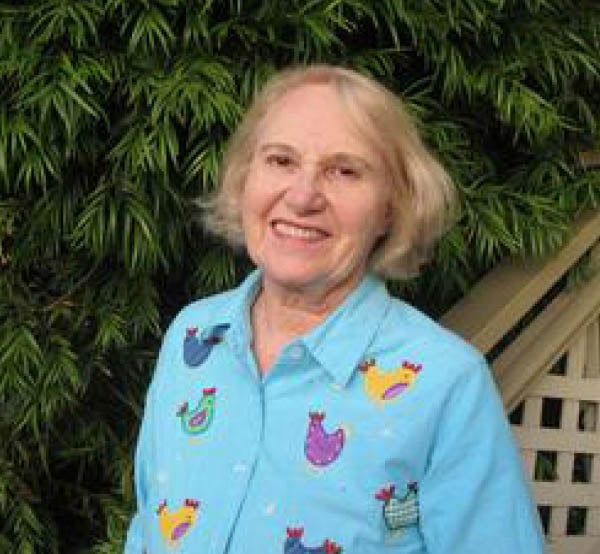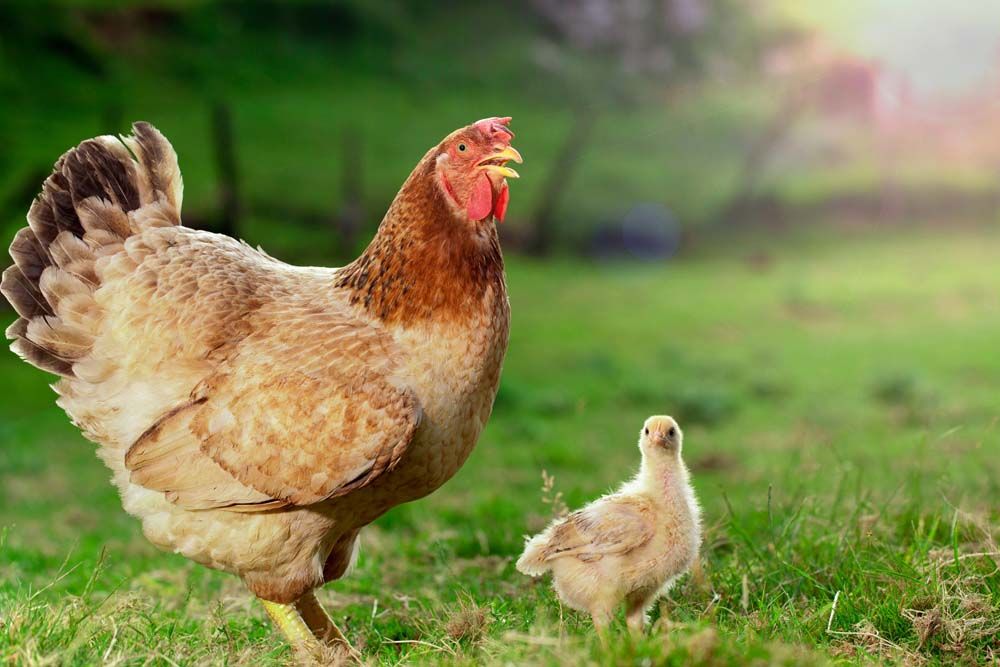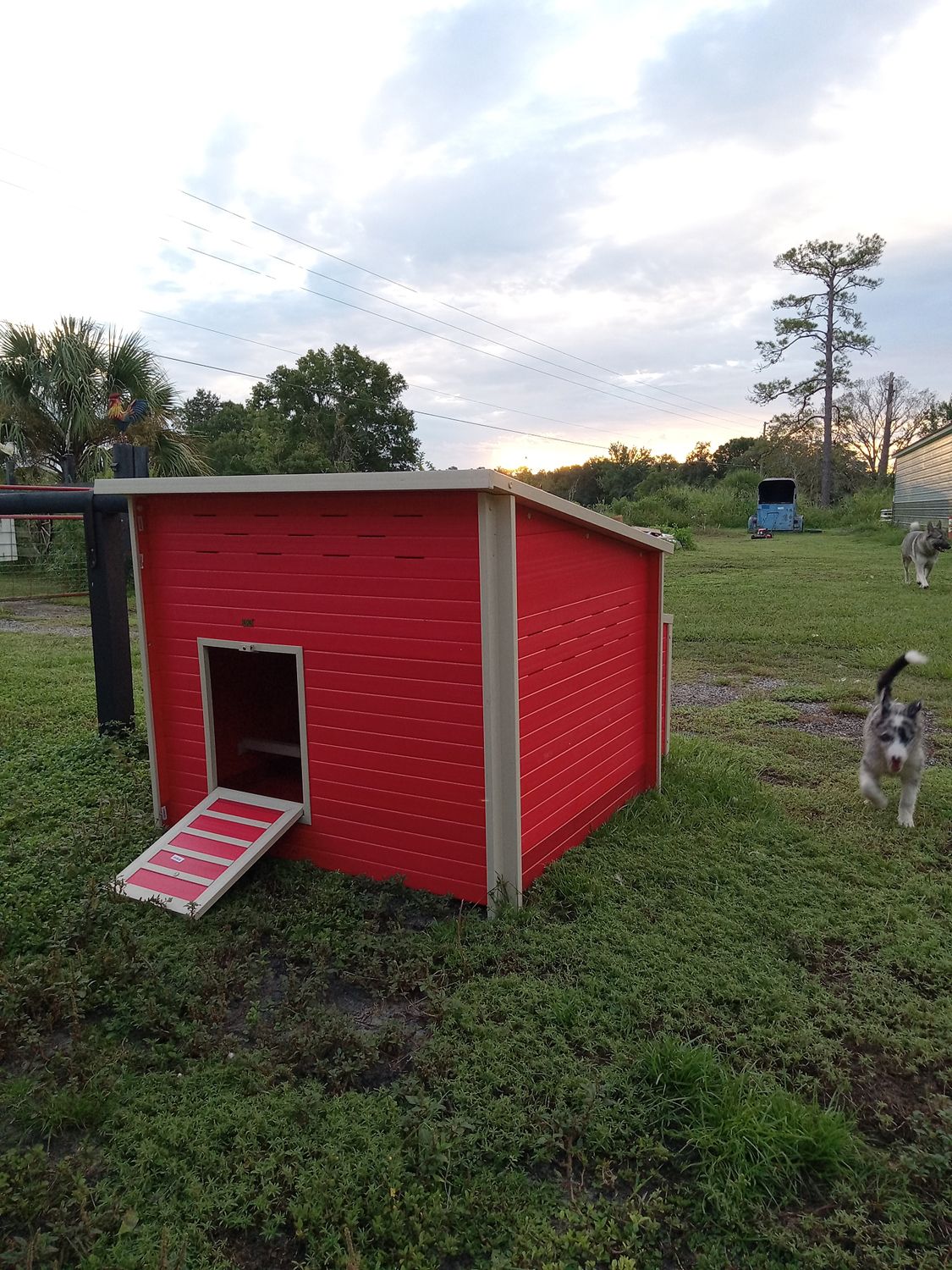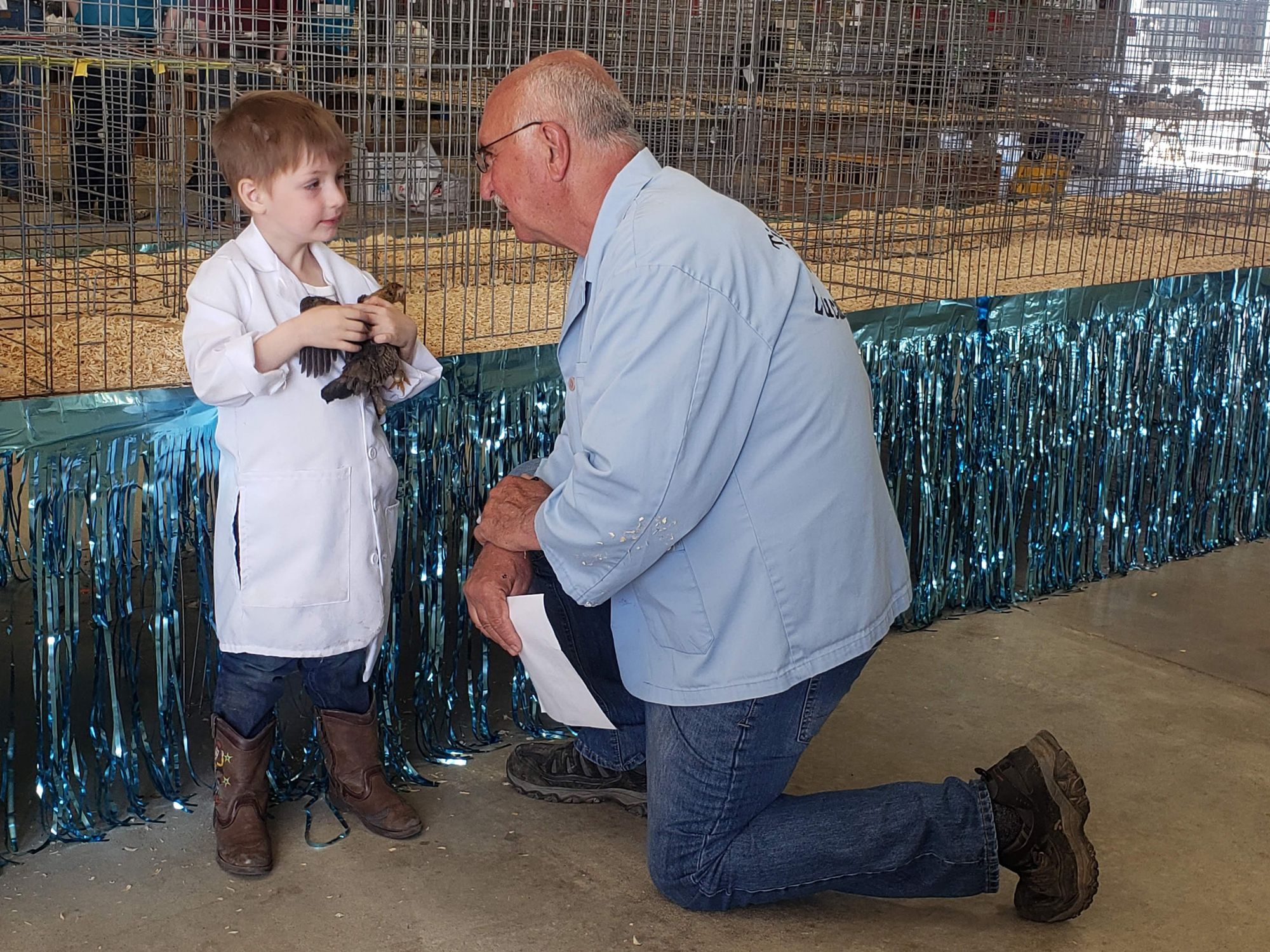Breed Clubs and the APA
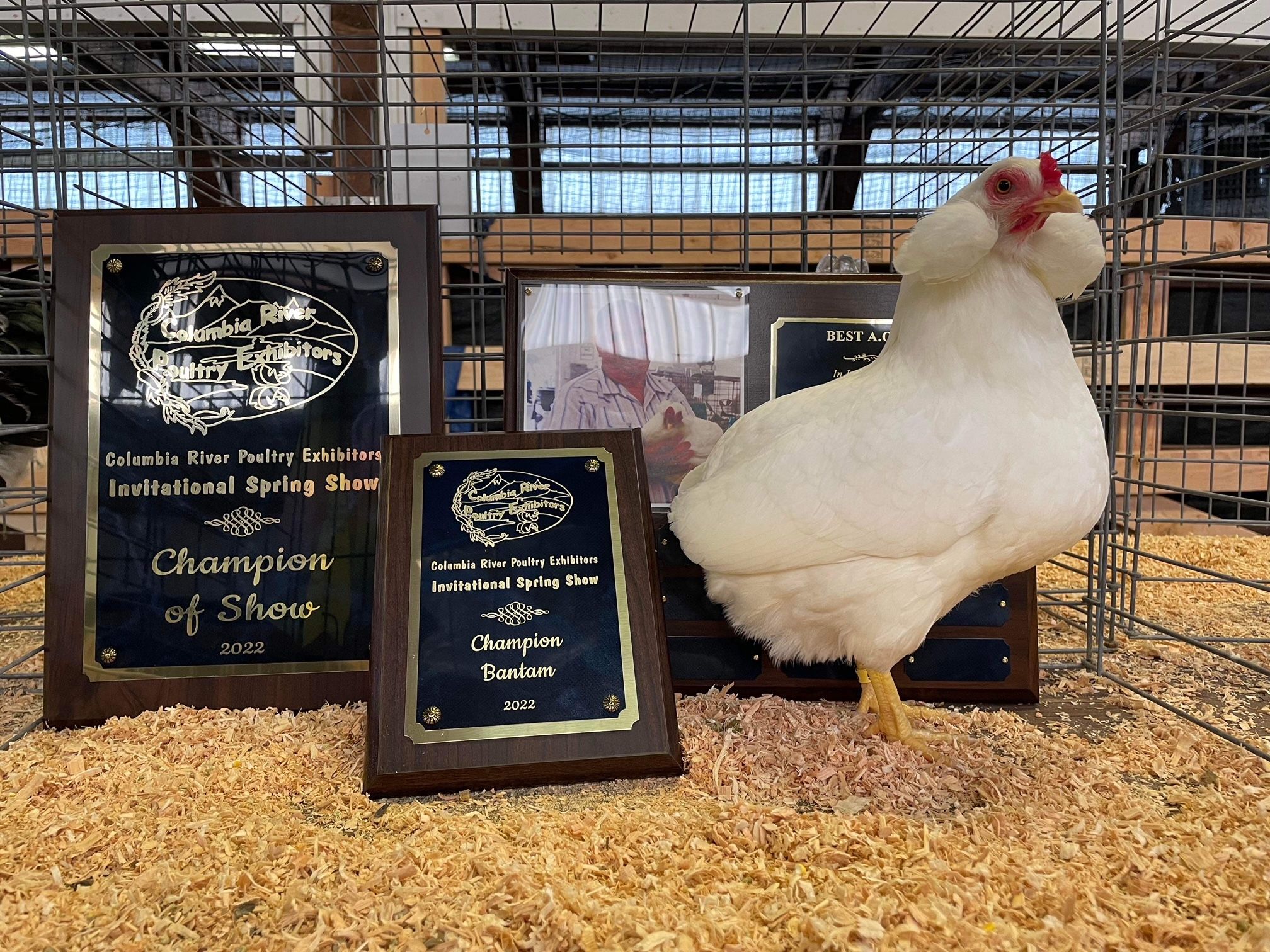

The American Poultry Association provides the guiding structure for judging, showing, and the characteristics of every breed in its Standard of Perfection, “to improve the domestic fowl,” as it states in the Standard of Perfection. “It has always advocated the importance of maintaining purebred stock as a foundation for a progressive and profitable breeding program,” the Standard notes.
At the local level, breed clubs are the ones advising their members on breeding refinements and organizing the shows.
“Being part of a breed club is an important part of the hobby,” said APA President Norma Padgett of Florida. “It helps to preserve the breed, promote responsible breeding and ownership, and to provide accurate and honest education about the breed. Many clubs get involved with organizing the shows to keep the hobby moving forward, and education for those new prospective exhibitors to learn more about their breed of choice.”

Getting recognized in the Standard
Breed clubs take the lead in meeting the APA’s requirements for getting breeds and new varieties of recognized breeds approved for the Standard. The Standard guides judges as to what they are looking for as they pick up a bird and examine it.
The process of getting APA recognition is deliberately complex. It takes at least ten years: at least five years of breeding, then five years of the application documentation and showing process.
A breed is an established group with reliably reproducible characteristics. Varieties within a breed may differ by color pattern, comb, or beard.
The APA website has a list of recently added breeds and varieties, available on its website.
They will be included in the 150th Anniversary Edition of the published Standard of Perfection, to be presented at the APA’s anniversary celebration at the Ohio National Poultry Show, November 10-12 in Columbus.
Benefits of breed clubs
Breed clubs support their members with handbooks, newsletters, and other breed-specific materials.
The Ameraucana Breeders Club offers a new egg color reference card for Ameraucanas, which lay blue eggs. ABC members revised the breeding handbook. Both items are available to non-members through the marketplace section of the ABC website,
Online breed club discussion forums offer members more than social media discussions.
“Online forums are easier to search and find answers to breed-related questions,” Hunter Hart of the Araucana Club of America (ACA) said. “Discussions are archived for the future.”
ACA participation declined during the COVID-19 pandemic and other poultry-disease shutdowns. He plans to bring the website current, and start sending newsletters to members. He wants members to get their $20 money’s worth for the two-year membership fee.
Mr. Hart plans to issue quarterly newsletters, create videos, and provide member-exclusive content about the unusual Araucana breed.
Every breed has its challenges. Some colors and combs are more challenging to perfect. Araucanas present unique breeding problems. They are rumpless, lacking a tail, and the spine is shorter than other breeds. The gene for their tufts has a lethal effect on developing chick embryos, making hatchability low.
“Araucanas are not an easy breed,” he said. “There’s a lot going on people need to know about. Becoming a member gives you access to exclusive insights.”
Breeders can exchange information through breed clubs on hatching eggs, chicks and adult birds, and from breeders who are dedicated to improvement of their breed. Many clubs have their own Breeders Directories.
“One of the most undervalued benefits of being an ABC member is mentorship,” said Lindsay Helton, secretary-treasurer the Ameraucana Breeders Club (ABC). “The ABC Board of Directors has over 100 years of combined experienced working with the Ameraucana breed.”
They are available to answer questions and guide breeders in their efforts to bring their flock to the Standard.
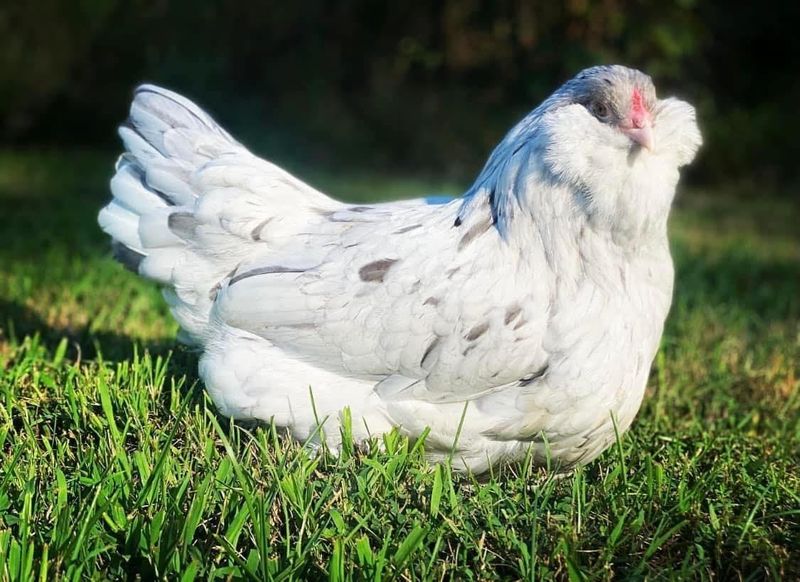
Breed club shows
Breed clubs take the lead in organizing shows, and they organize meets at regional and national shows. Those meets can be part of the process for getting a breed or variety recognized.
ABC will hold its second qualifying meet for recognition of the Splash variety of Ameraucanas at the Ohio National.
ABC held the final qualifying meet for recognition of the Self Blue variety at that show in 2019. Self Blue Ameraucanas got final approval from the APA in 2020.
Ms. Helton invites Ameraucana breeders to show their birds there. Contact her at info@ameraucanabreedersclub.org to participate.
“We welcome help with our approval process!” she said.
Who gets show points?
Breed clubs organize and track points won at shows, and award ribbons and prizes.
ABC members who show Ameraucanas at ABC sanctioned meets can qualify to earn exhibitor points and rosettes. ABC offers $500 at District meets this Fall. They will award cash prizes and rosettes for the 2023 National meet, at the Dayton Fancy Feather poultry show in Greenville, OH on October 7, 2023. Members can arrange club meets on their website.
Clubs need members willing to pay for membership to support those ribbons and plaques. “We need their membership,” said Mr. Hart. “We want them to breed to the Standard.”
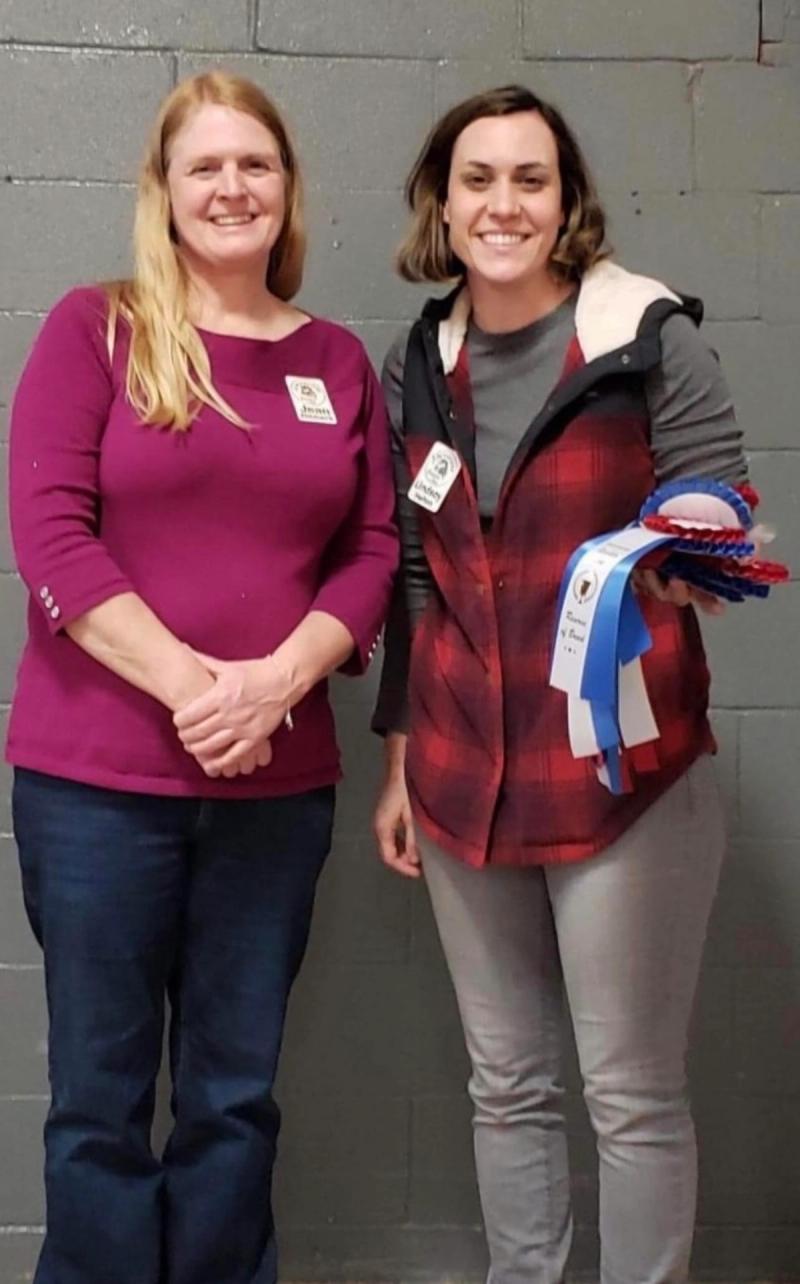
Hatcheries
Hatcheries can support breeds by fostering the highest standards in the stock they sell. They can also bring chicken fanciers together, supporting networking and good fellowship.
It can all be fun, too. Cackle Hatchery holds an annual Chicken Festival, this year, October 6-7.
Events like this one invite visitors with casual interest into the world of chicken keeping. We all start somewhere.
Hobby plus
“Breeding and showing poultry is an amazing hobby,” said Mrs. Padgett. “If you have not had the opportunity to attend and/or exhibit at a show, you should most certainly plan to do so.
For those who are new, you can find information on understanding how a show works on a special APA web page.
Learn more
For more information about the Ameraucana Breeders Club—ameraucanabreedersclub.org
Find your breed club on the APA’s website—amerpoultryassn.com/associate-club-memebership-list/
Araucana Club of America—araucana.net/
Contact Hunter Hart at secretary@araucana.net
About the author
Christine Heinrichs is also the author of How to Raise Chickens, How to Raise Poultry and the Backyard Field Guide to Chickens.
August 28, 2023
Tags:The APA Back Story

Chicken Whisperer is part of the Catalyst Communications Network publication family.

